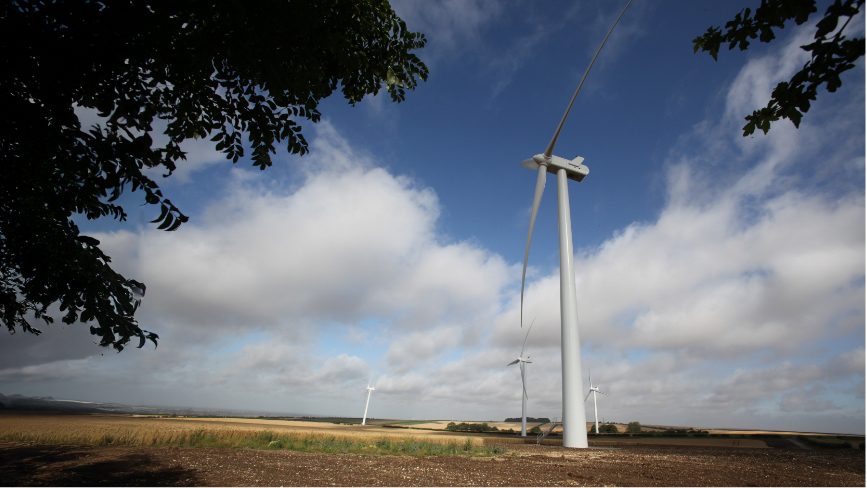From Land to Legacy with REG Power
Our partnerships with landowners are essential to achieving Net Zero for the UK. By using your land, you can create lasting community impact and unlock new income opportunities.



If you can meet the Landowner requirements and want to make an enquiry about how we can help you make additional income from your land, while helping achieve the UK Net Zero targets, then please contact us:
